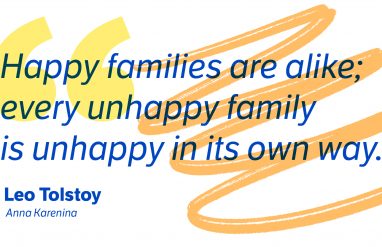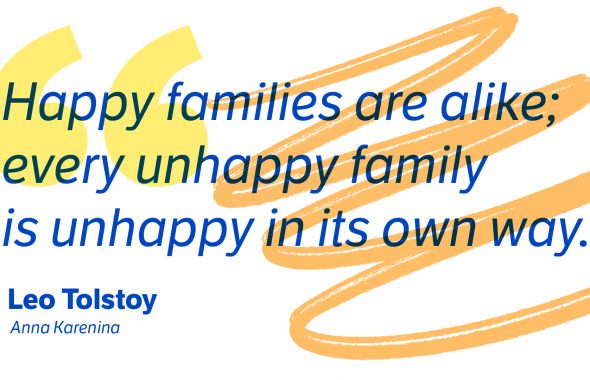Day 7: Introduction to poetry
Self-guided activity (with a little parental help):
1. Have your kids create a list of words that rhyme (a list of 10 is best).
2. Have them write a poem using all 10 words.
It’s OK if it doesn’t make sense.
- You can write the poem for them if needed.
3. Have your child draw a picture that illustrates what is happening in their poem.
4. Ask them who they wrote the poem for.
Have them draw a picture of that person (or thing) as well.
5. Have your child write a new list of words, any 10 words (they don’t have to rhyme).
Ask your child to write a similar poem to the one they did above, but using the non-rhyming words now.
6. Read the poem and ask your child if they like it without the rhymes.
Explain that poems can be either rhyming or non-rhyming (also called “free verse“), depending on the type of poem and the author’s preference.
Family time activity:
1. Play a game: Slap the Word!
This is a good one to get some of the yoo-hoos out.
- Write several words (9-12) that rhyme in large letters on sheets of computer paper or other scratch paper. There should be one word per piece of paper.
- Lay out the papers on the floor or a table. You may want to put something underneath the papers like a towel.
- Give each of the players something to hit the board with, like a flyswatter, a wooden spoon, or a drumstick.
- Make up a quick poem using 2 of the rhyming words. The first player to slap the words in your poem gets a point.
- Have the next person make up a poem and let the slapping commence!
To make the game more challenging, use longer words or say them faster.
Looking for more?




















